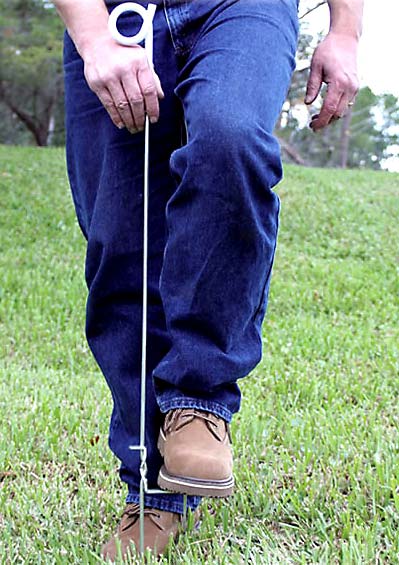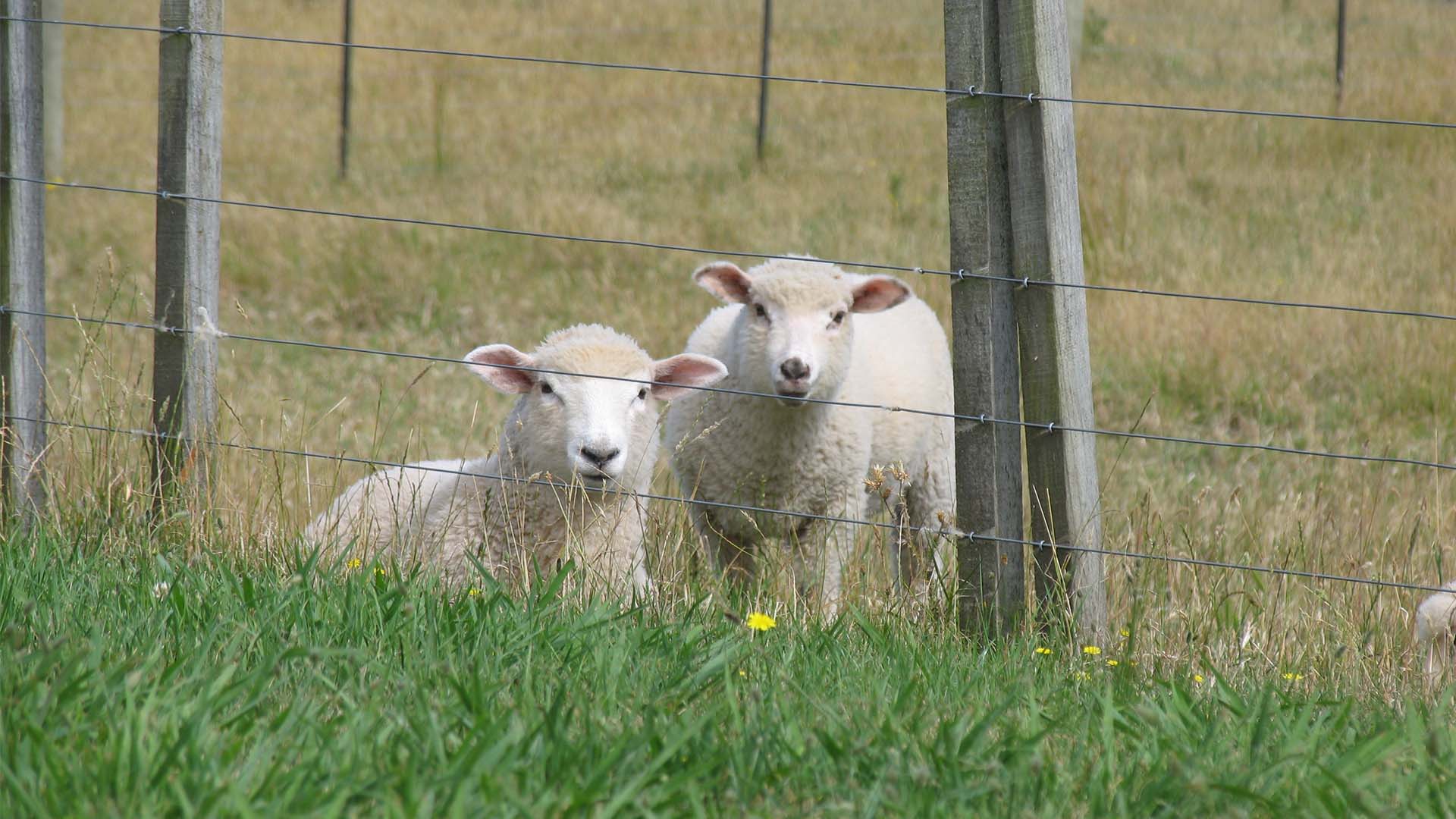
Harvested feed costs are the most expensive part of keeping livestock. One option to reduce, and in some cases even eliminate, costs from hay and other harvested forage crops is to introduce strip grazing. With some relatively inexpensive fencing equipment and a short amount of time (roughly 10 minutes) you can be on your way to saving money and let the cattle do the work of harvesting for you. Cranking a tractor to feed hay bales, not to mention the time it takes to make the hay, is significantly more time-consuming than setting up a strip grazing plan.
Making Strip Grazing Systems Work
Strip grazing can be used in a variety of forage scenarios such as cover crops, fall or winter annual crops, and stockpiled forages. This grazing method requires moving your electric fence daily to open a new strip of pasture for animals. When managed properly, strip grazing has been shown to improve both forage utilization and animal performance.
While similar to rotational grazing systems, livestock engaged in strip grazing commonly do not return to graze an area of pasture grass or forage crops for a second time. This is because of the annual or seasonal nature of the forage spaces they graze. Therefore, back fencing is not required and the time to takedown and set-up cross fencing is reduced. If strip grazing is practiced during the growing season, livestock can damage plants by grazing on forage regrowth.
Tools for Strip Grazing
 Pigtail Step-In Posts are perfect for strip grazing since installation and takedown can be done in seconds.
Pigtail Step-In Posts are perfect for strip grazing since installation and takedown can be done in seconds.The equipment needed to strip graze annual or stockpiled forages is fairly simple. You will need two portable reels, enough temporary posts to hold up wire across the area to be grazed, and a single strand of poly rope or poly wire. You can electrify your cross-fencing by connecting it to your perimeter fence, or if need be, a portable solar or battery-operated energizer.
We recommend the following Zareba® products to get your started:
- Pigtail Step-In Posts - The insulated loop on top makes wire insertion simple and quick.
- Poly wire or poly rope - These fence wire types are highly visible, lightweight, and easy to install and maintain.
For best results, a low impedance fence charger such as our battery-operated or solar-powered energizers should be used to energize poly wire or poly rope fences. Continuous output chargers should not be used.
Planning Your Strip Grazing Pastures
When you consider the layout and setup of your strip grazing fencing system, first establish where the water supply will be and then begin grazing from that point. Depending on terrain, space the pigtail posts approximately 60 to 100 feet apart. If livestock are new to electric fencing, consider spacing posts closer together until your animals become accustomed to it.
Remember, fence wire should be placed at the grazing animals’ nose level for effective containment.
Other factors in Strip Grazing
In addition to the right equipment and setting strip footprints, you will need to learn how to judge the amount of forage crops stockpiled per acre. Also determine how many pounds of forage or pasture grass your animals will eat each day. Not sure? Remember that grazing management is not an exact science. It's a learned skill which requires an open, adaptive mind. After all, you will be managing an ever-changing pasture and an always-hungry herd.
Making Strip Grazing Work For You
Do you strip graze annual or stockpiled forages? What types of forages work best for your grazing animals? What tips or tricks do you use to make your strip grazing fence system more efficient? Let us know by reaching out to Zareba® on Facebook. You should also sign up for the Zareba Systems eNewsletter to get a special deal on your first order as well as new product announcements and discount alerts.
Looking for more info? Zareba® has plenty!
- Find out more on rotational grazing.
- Learn why a poly tape fence is easy to move.
- Explore the 7 rules to the wire count on your electric fence.
Finally, to learn even more about pasture grass and strip grazing, talk to your local forage extension specialist or pick up a copy of Jim Gerrish's book, Management Intensive Grazing: The Grassroots of Grass Farming.



